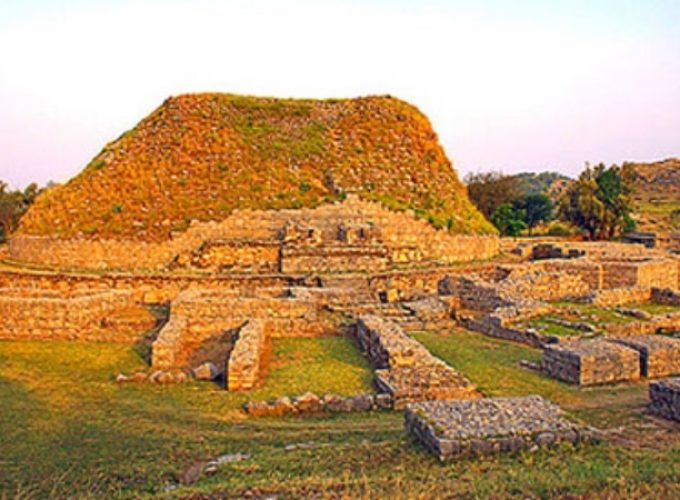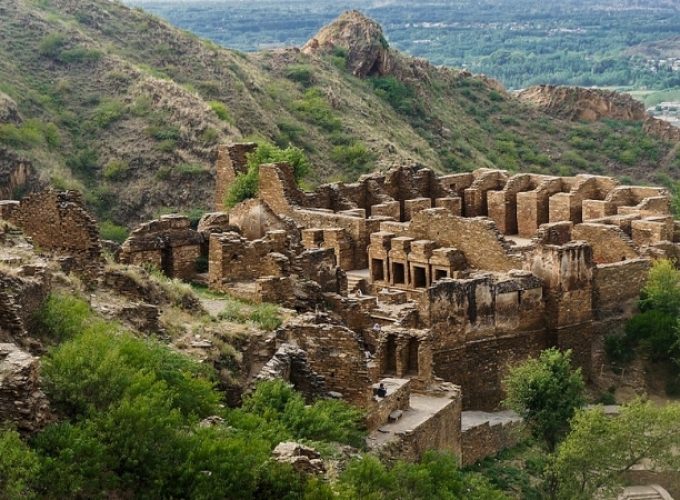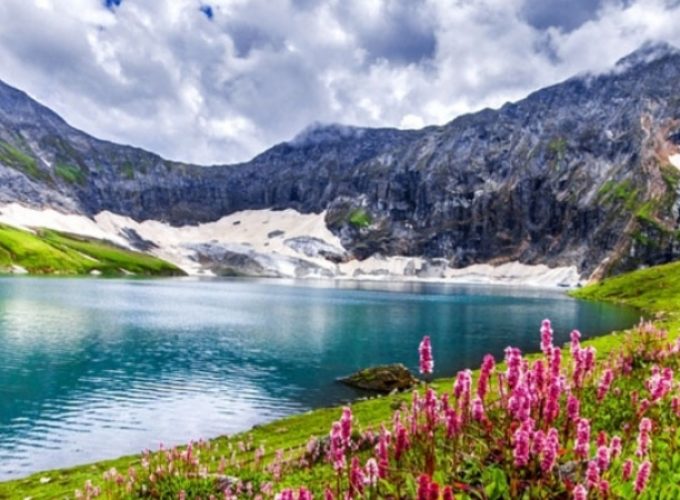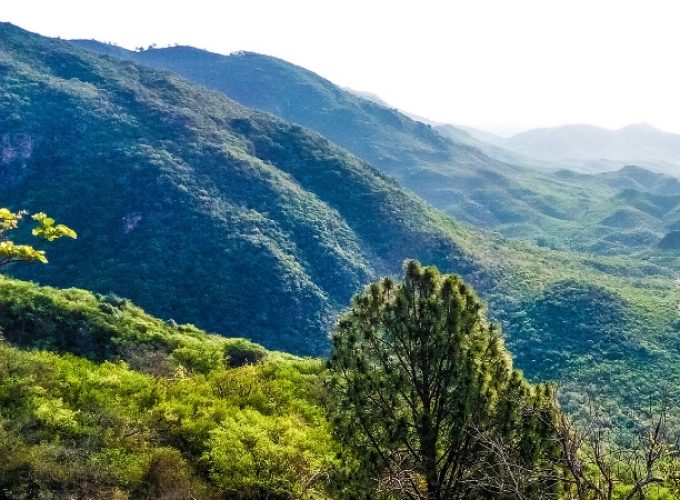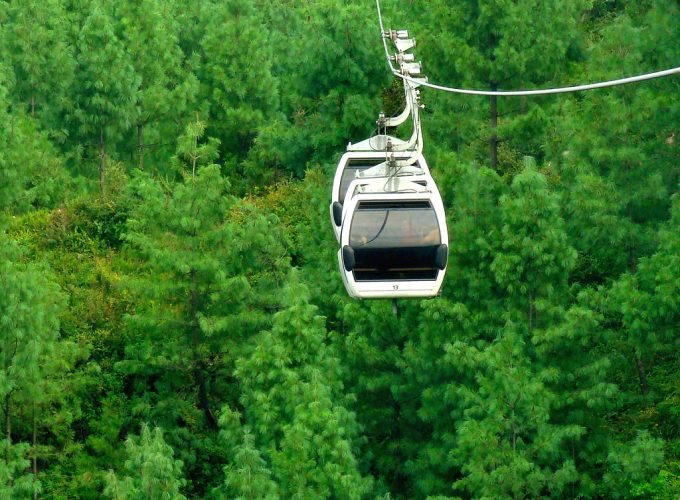Historically Karachi was made the capital of Pakistan when Pakistan gained independence. However, soon the requirement for a new capital was deemed necessary that can be easily accessible and also suitable particularly from a climate, logistics, and defense point of view. Since the landscape making today’s Islamabad, located in the heart of the country, was meeting all the conditions and therefore it was decided it be future capital.
The development of the capital city was planned by a Greek firm based on a grid scheme overall triangular in shape with an apex towards the Margalla Hills. The city is further divided into eight major zones: commercial, administrative, educational, industrial, diplomatic, residential, rural, and green area. Islamabad is a very well-planned city with easy-to-navigate sectors and convenient access to any given address. Because of its easy-to-navigate sectors, Islamabad is ranked as Gamma + city.
Islamabad is home to people from diverse cultural, geographic, and regional backgrounds. The city’s attractions feature architectural work blended with modernity, old Islamic and regional traditions. Major attractions include Lok Virsa Museum, the Wax museum at Shakar Parian, Pakistan Monument, Shakar Parian Hills, Daman-e-Koh providing the best bird’s eye view of Islamabad, Faisal Mosque, Saidpur model village, Lake View Park, F-9 (Fatima Jinnah Park), Jasmine Garden, Shah Allah Ditta Caves, hiking tracks to Margalla Hills and shopping arcades.
The capital city is well connected by road and by air from all major cities of Pakistan. The Islamabad International Airport is also linked with all major and remote airports within the country. PIA (Pakistan International Airline) is the flag carrier flying to key destinations of the world while major airlines flying to Islamabad include British Airways, Virgin Atlantic, Qatar Airways, Etihad Air, Emirates, Saudi Air, Oman Air, Turkish Airline, China Southern, Air China, Thai Airways, and Air Lanka.


